Adjusting a fan's speed using an Arduino is a great way to learn about PWM (Pulse Width Modulation) and motor control. With just a potentiometer and some simple wiring, you can create a smooth, manual speed adjustment system. This setup is useful for cooling electronics, ventilation projects, or any application where adjustable airflow is needed.
Arduino Modules
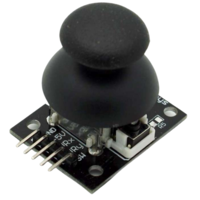
Analog joystick
Read more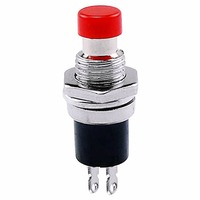
Push button
Read more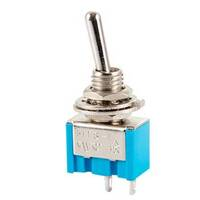
Switch button
Read more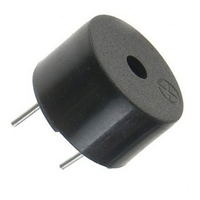
Buzzer
Read more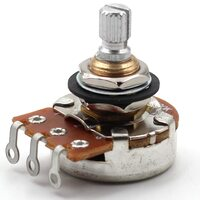
Potentiometer
Read more
Laser module
Read more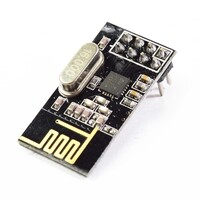
NRF24L01 module
Read more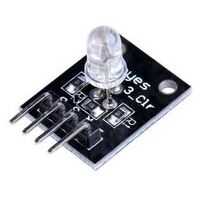
Tricolor LED module
Read more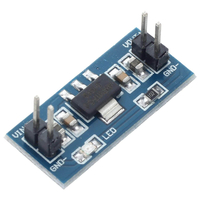
Voltage regulator
Read more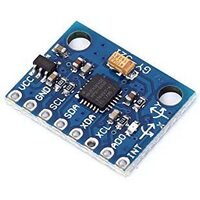
MPU6050 module
Read more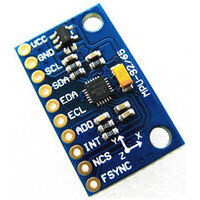
MPU9250 module
Read more
Touch module
Read more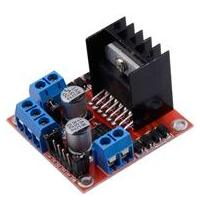
L298N module
Read more
Servo motor
Read more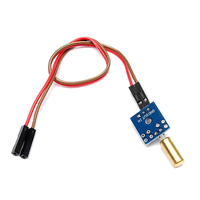
Tilt sensor
Read more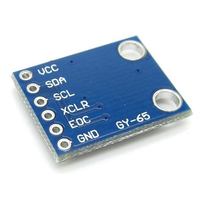
GY65 module
Read more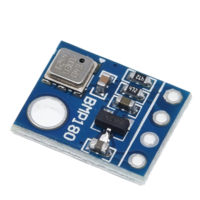
GY68 module
Read more
LED module
Read more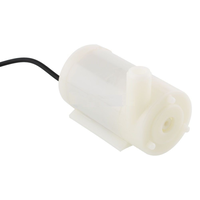
Water pump
Read more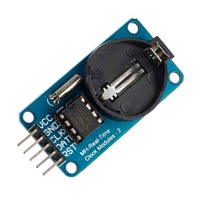
DS1302 Module
Read more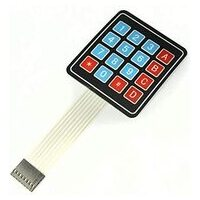
Keypad Module
Read moreRecent Arduino guides
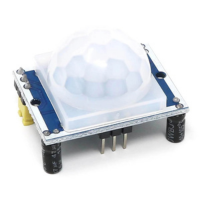
Using a motion sensor with Arduino
Motion sensors are essential in modern automation projects, playing a key role in security systems, smart lighting, and interactive devices. These sensors detect movement and trigger specific actions, making them useful for various applications. When paired with an Arduino, a motion sensor can be programmed to respond intelligently, creating an efficient and responsive system. This guide explains how motion sensors work, how to connect them to an Arduino, and how to write the code needed to make them function properly.

Choosing the right connector for electronic projects
Connectors play a fundamental role in electronic systems by linking components together to ensure smooth power flow and signal transmission. The right connector can have a significant impact on the performance and reliability of any system. In this article, we'll explore some of the most commonly used connectors, discuss their features, and help you choose the one that suits your specific requirements.
Need more information?
Get in touch
If there is anything we can do to help, feel free to contact us.
Try to formulate your doubts and/or questions in the most detailed way possible so we can answer all of them more quickly.
